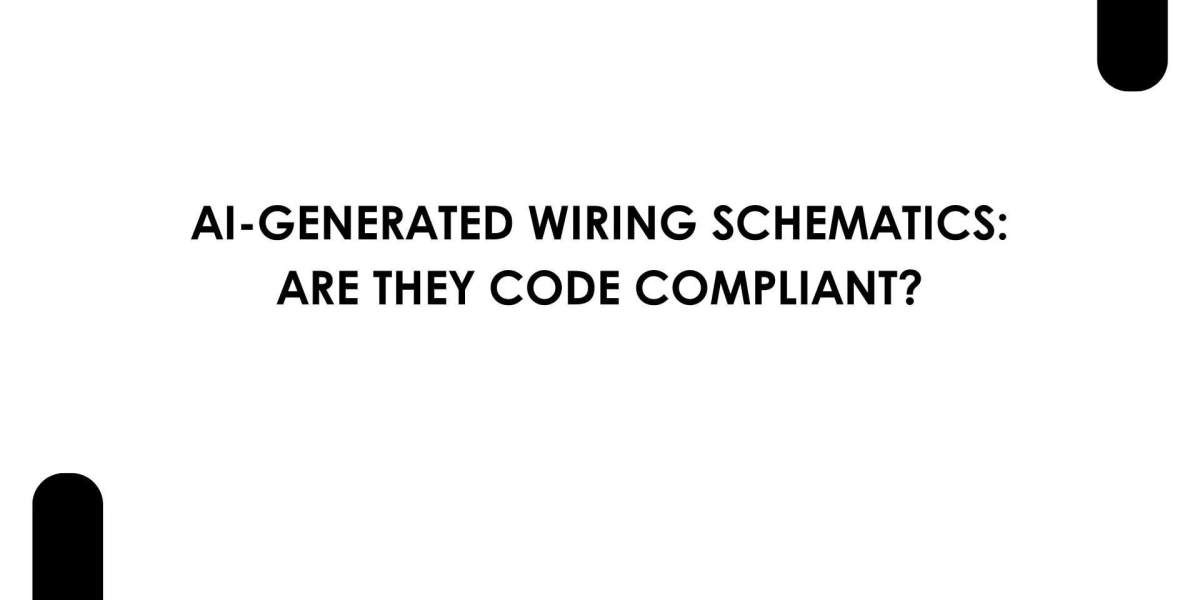In the evolving world of electrical and AV design, artificial intelligence is no longer just a futuristic concept—it is a practical tool that professionals rely on every day. From automating cable routing to optimizing signal paths and device selection, AI has found a strong foothold in system design. One of the most talked-about innovations in this space is the ability of AI to generate full wiring schematics automatically. But this brings up a critical question—are AI-generated wiring schematics truly code compliant?
As design teams and system integrators adopt smarter platforms, concerns about regulatory compliance, safety standards, and local codes naturally surface. Can artificial intelligence interpret and apply NEC, IEC, or other building codes correctly? Or do these designs still require extensive human review?
At the center of this conversation is XTEN-AV, a powerful cloud-based platform that leads the industry with its Wiring Diagram Tools and AI-Powered Tools for Wiring Diagrams. XTEN-AV aims to bridge the gap between automated design efficiency and professional compliance by integrating real-time checks, customizable rules, and design logic into every schematic.
This blog explores the compliance challenges of AI-generated wiring diagrams, how modern tools like XTEN-AV approach these issues, and what professionals should know to ensure their AI-assisted designs meet the necessary standards.
XTEN-AV: Intelligent Wiring Diagrams with Built-In Compliance Awareness
XTEN-AV stands at the forefront of AI-enhanced system design. Its platform allows AV professionals and low-voltage designers to automate schematic creation using real-world components. What makes XTEN-AV particularly valuable in the conversation about compliance is its built-in intelligence that checks for valid connections, approved routing, and even adherence to logical design sequences.
While no AI tool today can single-handedly enforce every nuance of international or regional electrical code, XTEN-AV takes significant steps toward reducing compliance risks. It minimizes human error, flags illogical or potentially noncompliant connections, and allows users to define custom standards for cable length, signal types, grounding practices, and labeling—helping align projects with code best practices from the start.
Understanding What "Code Compliant" Means
Before diving deeper into how AI tackles compliance, let us clarify what it means for a wiring schematic to be code compliant:
National or Local Code Adherence: Compliance with standards such as the NEC (National Electrical Code), IEC (International Electrotechnical Commission), or regional building codes.
Correct Device Usage: Using components that meet voltage, current, and environmental safety ratings.
Proper Labeling and Documentation: Clear, standardized labeling of wires, connections, and devices for installation and inspection.
Grounding and Isolation Requirements: Proper design of grounding systems and separation of sensitive signal lines from power cables.
Wire Sizing and Cable Routing Rules: Using appropriate wire gauges and route planning to reduce interference and support physical safety.
These standards are critical for legal, functional, and safety reasons. Failing to follow them can result in failed inspections, rework, or even dangerous installations.
How AI Approaches Code Compliance
AI-powered platforms like XTEN-AV are not designed to replace professional judgment—but they are excellent at reinforcing it. Here’s how AI tools help enforce code compliance principles during the design process.
1. Rule-Based Validation Systems
One of the core features of XTEN-AV is its rule engine. Users can configure rules based on their internal design standards, project specifications, or code requirements. These rules might include:
Maximum cable lengths for signal types.
Allowed connection types for AV equipment.
Required grounding paths for power devices.
As the AI generates or modifies a wiring schematic, it constantly checks against these rules. If a design step violates a rule, the software flags it in real time, allowing the designer to adjust before moving forward.
This proactive validation significantly reduces errors and keeps your diagrams aligned with predefined compliance goals.
2. Real-Time Error Detection
XTEN-AV’s AI also watches for logical inconsistencies and potential design faults, many of which could lead to code violations. For instance:
Attempting to connect incompatible ports.
Using the wrong type of cable for power vs signal transmission.
Routing data lines too close to high-voltage lines.
These real-time alerts guide users toward compliant layouts while they are still designing, not after the fact.
3. Component Libraries with Certified Parts
One often overlooked aspect of compliance is the use of certified components. XTEN-AV gives users access to an extensive library of real-world products from verified manufacturers. Each part comes with its specifications, ensuring that designs only include components rated for the appropriate application.
Using known, tested devices is a crucial step toward building code-compliant systems. XTEN-AV simplifies this process by making those components easily available and correctly categorized within its smart interface.
4. Exportable Documentation for Code Review
Even the most advanced AI system cannot anticipate every variation in regional building codes. That is why platforms like XTEN-AV support the export of comprehensive documentation. Wiring schematics, cable schedules, BOMs, and layout maps can be exported and reviewed by a licensed engineer or inspector.
This documentation is generated from the AI-created design, but it is still intended to be reviewed by a qualified human before approval or installation. In this way, the AI handles the heavy lifting, while the final compliance authority remains with the professional.
5. Customizable Standards by Project or Region
Every region has its own electrical code variations, and every project may have unique safety requirements. XTEN-AV addresses this by allowing users to define custom templates and rule sets. These templates can be aligned with NEC guidelines in the United States, IEC standards in Europe, or tailored to meet local regulations.
This flexibility ensures that AI-generated diagrams are not just smart—they are adaptable to the needs of any jurisdiction or project.
What AI Cannot Do—Yet
While AI offers massive benefits, it is important to understand its limits:
It does not substitute for a licensed engineer. Human professionals are still responsible for ensuring legal compliance.
It cannot interpret unclear or ambiguous code language. Many regulations are open to interpretation based on installation conditions.
It may not reflect the latest local amendments. AI tools typically rely on predefined rules and libraries, which may not be up to date with every new regulation.
Because of this, AI tools like XTEN-AV are best used as compliance assistants, not compliance authorities.
Conclusion
AI-generated wiring schematics are smarter and more efficient than ever, but full code compliance still requires human oversight. Tools like XTEN-AV are bridging this gap by offering Wiring Diagram Tools and AI-Powered Tools for Wiring Diagrams that include built-in validation, rule customization, and access to certified components.
For professionals looking to save time while reducing errors and enhancing documentation quality, XTEN-AV provides a powerful, code-aware foundation. While final compliance remains the responsibility of engineers and inspectors, AI tools now make it easier than ever to stay aligned with standards from the very beginning.
As AI evolves, its role in code compliance will only grow stronger. Until then, consider it your best assistant—one that works 24/7, never forgets a rule, and helps you create wiring diagrams that are not just efficient but also ready for approval.
Read more: https://enkling.com/read-blog/21884


